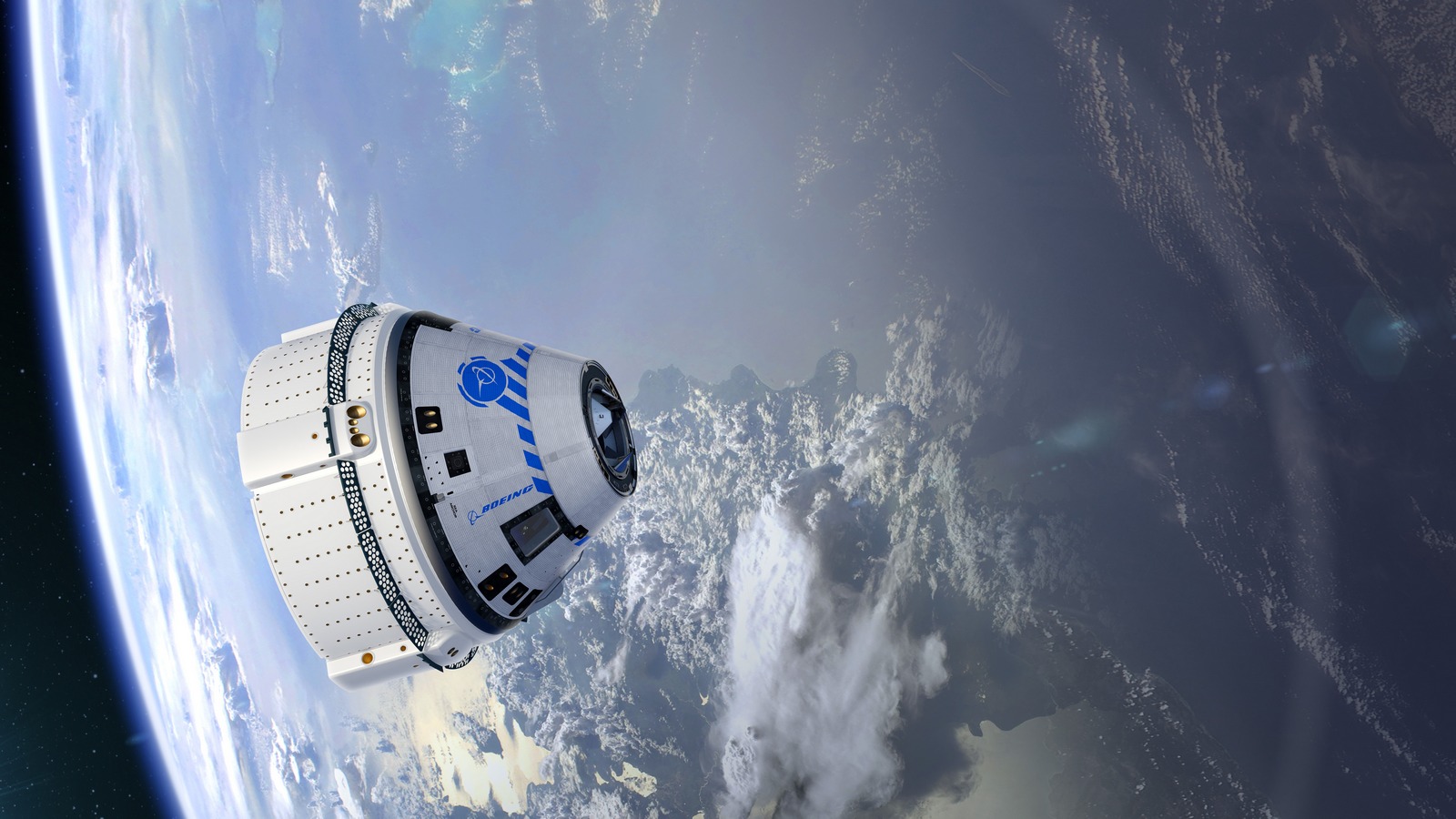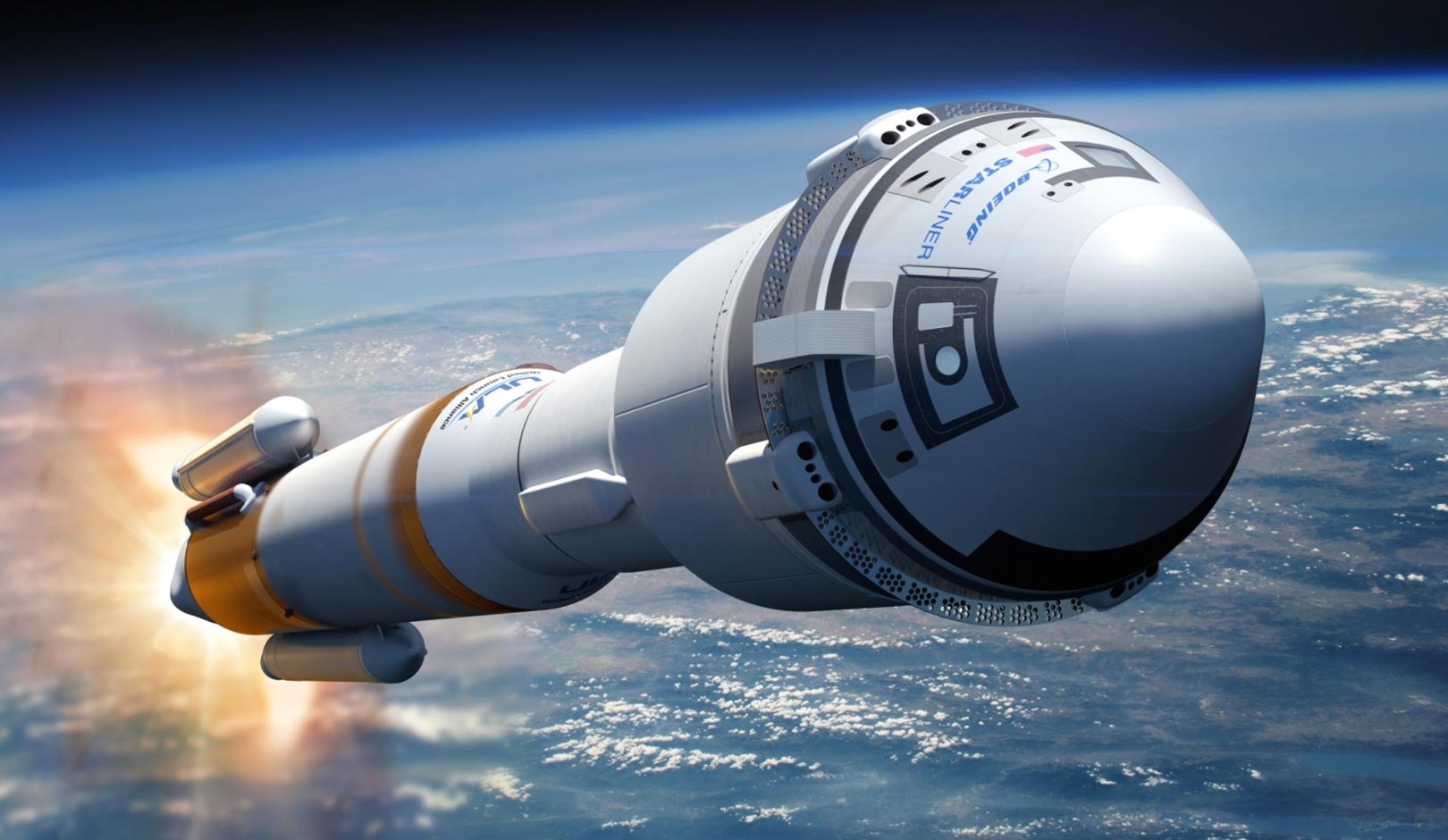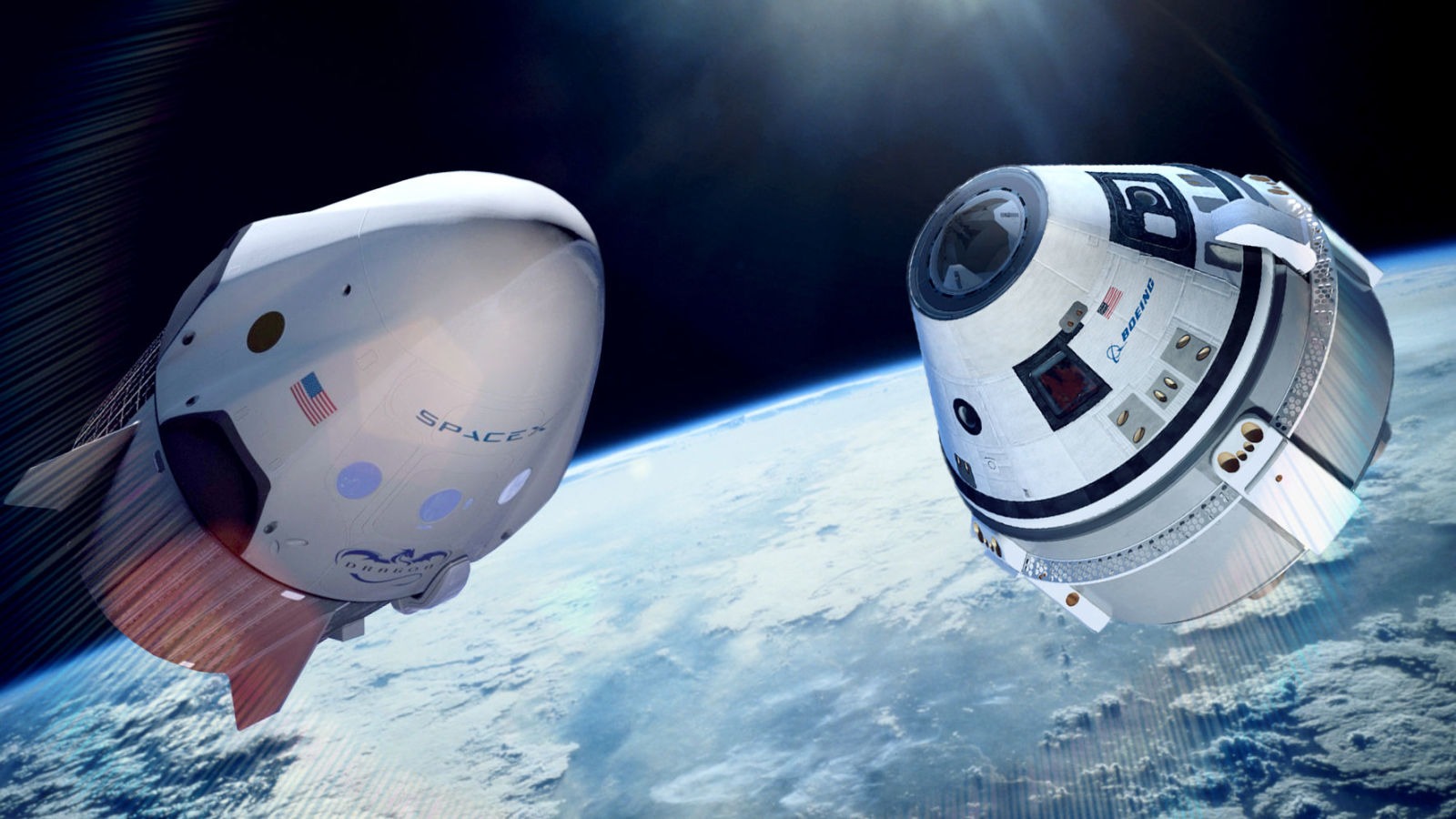Boeing has announced the possibility of attracting private astronauts to future Starliner missions. But for now, only NASA astronauts will use the spacecraft.

Starliner program Manager Mark Nappi said the company was focusing on the first manned Crew Flight Test (CFT) mission for NASA. The launch is scheduled for May 6. NASA astronauts Butch Wilmore and Suni Williams will go into space aboard the United Launch Alliance Atlas V rocket.
“If CFT is successful, Boeing plans to build enough spacecraft to expand its own fleet, of which six or seven are expected,” Nappi said.

Private flights are possible, but they are not a priority yet. This is because NASA is focusing on the development of the program until the possible termination of operation of the International Space Station in 2030.
Contracts with SpaceX and Boeing
SpaceX and Boeing received contracts from NASA to send commercial crews to the ISS after the termination of the Space Shuttle program in 2011. As of 2014, Boeing’s contract for the Starliner was estimated at $4.2 billion, and SpaceX’s contract at $2.6 billion. But Boeing’s decision is different from that of SpaceX, which also sends astronauts to the ISS.
SpaceX sent its first test mission to the ISS in 2020. During this time, the private space company has conducted 11 successful flights of astronauts to the orbital outpost: eight missions for NASA and three for the private company Axiom Space. But despite SpaceX’s success, Boeing says that private astronaut flights are not yet mature enough to be included in the company’s business plans.

It is also worth noting the technical difficulties that Starliner has faced since 2019, which led to additional costs of $ 1.4 billion. Problems with parachutes and other safety systems delayed the first launch of the spacecraft by four years.
Astronauts Wilmore and Williams are now continuing preparations for launch and intend to thoroughly test the spacecraft and all systems. If everything goes according to plan, the first full-fledged operational mission will take place no earlier than the beginning of 2025.
Earlier, we reported on how NASA would order five additional Crew Dragons.
According to Space.com
Follow us on Twitter to get the most interesting space news in time
https://twitter.com/ust_magazine


